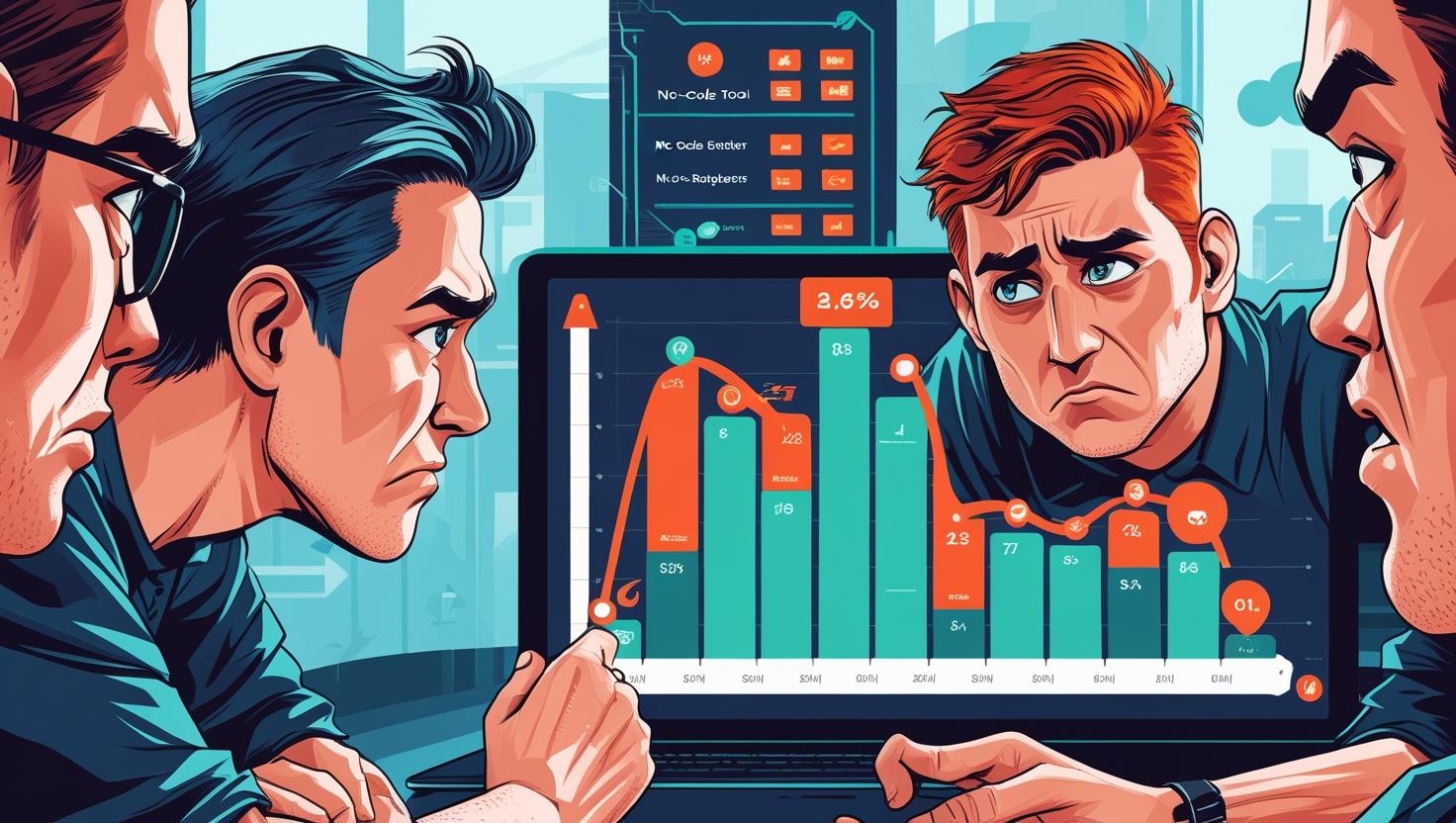
- June 1, 2025
- Tech, AI & Trends
The Rise of No-Code Tools: Should Developers Be Worried?
In recent years, no-code tools have surged in popularity, making it easier than ever for non-technical users to build websites, apps, and even full-scale business platforms. With tools like Webflow, Bubble, Airtable, and Zapier leading the charge, some wonder: Are traditional developers at risk of becoming obsolete?
Let’s explore how no-code is reshaping the industry—and whether developers should be concerned or excited.
What Are No-Code Tools?
No-code platforms allow users to create digital applications through drag-and-drop interfaces and pre-built logic—without writing a single line of code.
Popular no-code use cases include:
-
Website and landing page builders
-
Internal tools and dashboards
-
Workflow automations
-
E-commerce platforms
No-code is empowering entrepreneurs, marketers, and small businesses to launch products quickly and affordably—without waiting for development resources.
Why No-Code Is on the Rise
The demand for fast, scalable digital solutions is at an all-time high. No-code tools meet this demand by offering speed, accessibility, and affordability.
Key drivers behind the no-code movement:
-
Lower cost of entry for startups
-
Faster prototyping and iteration
-
Democratization of technology creation
-
Growing library of integrations and templates
In 2025, no-code tools are more powerful and polished than ever, making them appealing to businesses of all sizes.
Should Developers Be Worried?
While no-code platforms can replace some developer tasks, they’re not a total replacement for skilled coders—especially in complex or scalable projects.
Why developers are still essential:
-
Custom functionality: No-code platforms often hit limits on customization or scalability.
-
Security and performance: Enterprise applications require fine-tuned control over backend logic, which no-code can't fully offer.
-
API development and integration: Advanced integrations still require developer expertise.
-
System architecture: No-code doesn’t replace the need for planning secure, scalable infrastructure.
Rather than eliminating developer roles, no-code is changing their focus—from writing repetitive UI code to solving higher-level problems.
How Developers Can Adapt and Thrive
Instead of resisting the no-code wave, forward-thinking developers are learning to leverage it to their advantage.
Smart ways to stay ahead:
-
Use no-code for MVPs and internal tools to save time
-
Offer hybrid solutions (no-code front end, custom-coded back end)
-
Consult and guide teams in selecting and integrating no-code tools
-
Build custom plugins or extensions for no-code platforms
By embracing no-code as a tool—not a threat—developers can unlock faster workflows and greater creative flexibility.
Final Thoughts
The rise of no-code tools is not the end of traditional development—it’s an evolution. These platforms are expanding access to technology, accelerating innovation, and removing bottlenecks. Developers who adapt, specialize, and integrate no-code into their toolkit will remain invaluable in this new era.









